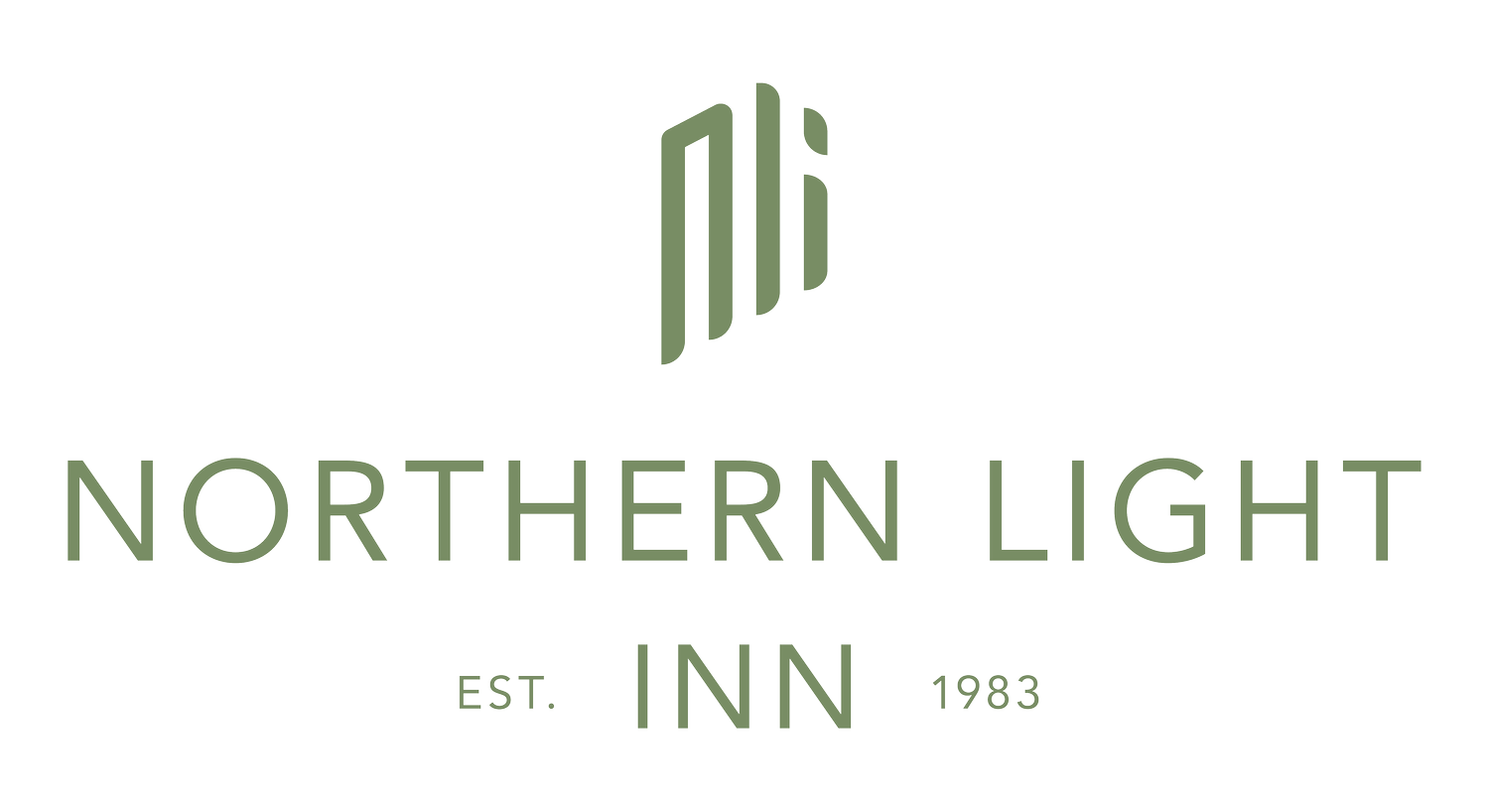
We are open
Since we are located in a seismically active area, changes in activity are to be expected. We always prioritize your safety and have detailed measures in place, if the need arises.
How to get here
The best way to get to us is via road no 41 (the road from KEF airport to Reykjavik) and from there to road no 43 Grindavíkurvegur
Please be aware that some navigation apps may still show outdated routes. Simply drive Grindarvíkurvegur, road no 43, and follow the road signs to our premises.
Important information
-
Specialized protective barriers have been constructed at Svartsengi, safeguarding our hotel against potential lava flows. This precautionary measure is based on expert analysis of various volcanic eruption scenarios.
Please note that it is strictly forbidden to walk on the protective barriers, to respect the construction work on site. This ensures the safety of guests and staff, which is our highest priority.
-
Experts carefully monitor air quality and there is an extended network of gas sensors at and near the Blue Lagoon, which are actively monitored. Furthermore, there is a weather station in our area since weather is a deciding factor when it comes to air quality. We can therefore gather relevant, real-time data in collaboration with authorities and experts to assess and monitor the situation and can act accordingly if the need arises. If data suggests that a response is necessary, a team of trained members of staff carry out evacuation plans or implement precautionary measures. Always follow the directions of staff.
You can look up the latest data on Loftgaedi.is. If you have an underlying health condition or are unsure of how changes in air quality might affect you, consult your physician.
-
The Icelandic Department of Civil Protection and Emergency Management oversees risk assessments. For recognized risks, mitigation measures are implemented, and response plans are developed for high-risk scenarios. These plans are operationalized across three phases: the uncertainty phase, the alert phase, and the emergency/distress phase. Each phase is defined by specific guidelines, the rapidity of activation, and its overall scope. For the latest information on the current risk level, please refer to the National Civil Protection. website.
-
Monitoring of volcanic eruptions and seismic activities is primarily conducted by the Icelandic Meteorological Office.
They collaborate closely with the Department of Civil Protection and Emergency Management and a team of geoscientists, including experts from the University of Iceland. This collaborative effort ensures a comprehensive and timely response to volcanic threats. The Icelandic Meteorological Office actively observes seismic activities, analyzes developments, and updates the public in cooperation with these agencies. They also maintain updated hazard maps and provide the latest information on the situation.
These organizations have extensive experience in managing volcanic activity and have developed sophisticated volcanic preparedness protocols. They are well-equipped to handle the unique geological challenges posed by the Reykjanes Peninsula, which has experienced several eruptions in recent years. Their efforts include continuous monitoring, issuing warnings, and guiding the public and authorities on necessary precautions and actions, such as evacuations if needed.
Expert analysis and updates
For more details and the latest updates on the situation, please visit the following sources. Their experts are dedicated to collecting comprehensive information and conducting in-depth analyses of real-time data.
Icelandic Meteorological Office

